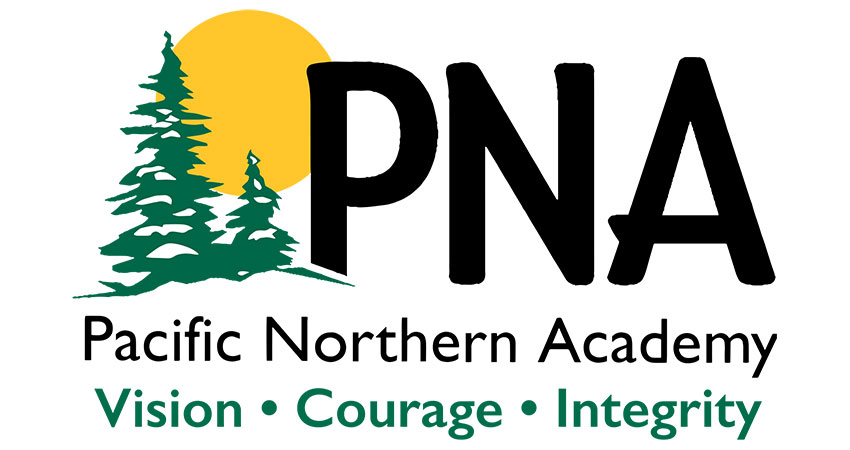e bingo near me
How to Win Big With NBA Moneyline Parlays: A Pro Bettor's Guide
I still remember the first time I hit a five-leg NBA moneyline parlay back in 2019. The thrill of watching that final game where the underdog Clippers covered against the Lakers was something I'll never forget - that moment when you realize all your research and gut feelings have paid off. It reminded me of that beautiful description from a game review I once read about "that sense of coming back home," where even serious challenges feel light and joyful when you're doing what you love. That's exactly what successful parlay betting feels like - coming home to that sweet spot where analysis meets intuition.
The foundation of any winning parlay starts with understanding what you're really betting on. Moneyline parlays might seem straightforward - just pick who wins each game - but the real art lies in spotting those moments where the odds don't quite match reality. I've developed a system where I track at least 15 key metrics for every team, from simple things like home/away splits to more nuanced factors like how teams perform on the second night of back-to-backs. Last season alone, teams playing their fourth game in six days covered only 42% of the time when facing a rested opponent. That's the kind of edge you need to find.
What most casual bettors don't realize is that timing your bets can be as important as picking the right teams. I typically place my parlays about two hours before tip-off, once I've confirmed starting lineups and checked for any last-minute injury reports. The public often overreacts to recent performances - a team that's lost three straight might see their odds drift to +150 when they should really be around +120. That's when I pounce. I remember one particular Wednesday night where I built a parlay around three underdogs that all felt mispriced. The Raptors at +180 against the Celtics, the Kings at +160 visiting Denver, and the Pelicans at +140 in Phoenix. When all three hit, the $100 bet returned over $1,800.
Bankroll management is where most parlay bettors crash and burn. Early in my career, I made the classic mistake of putting too much on these longshot bets, drawn in by the potential payouts. Now I never risk more than 5% of my bankroll on parlays in any given week, and I typically stick to 2-3 leg combinations rather than chasing those improbable 8-team monsters. The math doesn't lie - your chances of hitting a 3-team parlay are around 12-15% if you know what you're doing, while 8-team parlays drop to less than 1% even for professionals.
The emotional aspect of parlay betting is something I don't see discussed enough. There's a certain rhythm to it that reminds me of that game review talking about "communing with nature" - you develop a feel for the flow of games, when to trust the analytics and when to follow your instincts. I've learned to embrace both the moments of sadness when a parlay loses on the final game and the pure joy when everything clicks. Some of my most profitable insights have come from watching how teams respond to specific situations rather than just crunching numbers. The Warriors, for instance, have won 68% of their games following a loss over the past three seasons - that's the kind of situational awareness that turns good bettors into great ones.
Building a successful parlay requires what I call "connective thinking" - finding games where the outcomes might influence each other in ways the oddsmakers haven't fully priced in. If I'm betting an early game where both teams have to travel for tomorrow's matchups, that affects my picks for the later games. Or if several teams from the same division are playing on the same night, there's often patterns in how they perform against each other. The Southeast division teams, for example, have covered against each other at a 57% rate when all playing on the same night over the past two seasons.
What separates professional parlay bettors from amateurs isn't just picking winners - it's understanding how to structure bets for maximum value. I've moved away from simply combining favorites and instead look for what I call "anchor spots" - games where I have the highest confidence - and build around them with calculated underdogs. My records show that parlays built around 2 anchors and 1-2 strategic underdogs have hit at nearly double the rate of all-favorite parlays, despite the lower payouts. Consistency matters more than chasing lottery tickets.
The evolution of my approach to NBA moneyline parlays mirrors that journey of reflection the game review described - learning to appreciate both the analytical depth and the intuitive leaps that make this form of betting so compelling. These days, I probably spend more time watching game footage and tracking player movement than I do actually placing bets, but that preparation is what makes the difference. The most successful parlay I ever hit was during the 2022 playoffs when I combined four road underdogs across two nights for a $500 bet that returned $8,200. That wasn't luck - that was hundreds of hours of research paying off in one glorious moment. Whether you're just starting out or looking to refine your approach, remember that winning at parlays requires both the discipline to follow the numbers and the wisdom to know when they're wrong.
